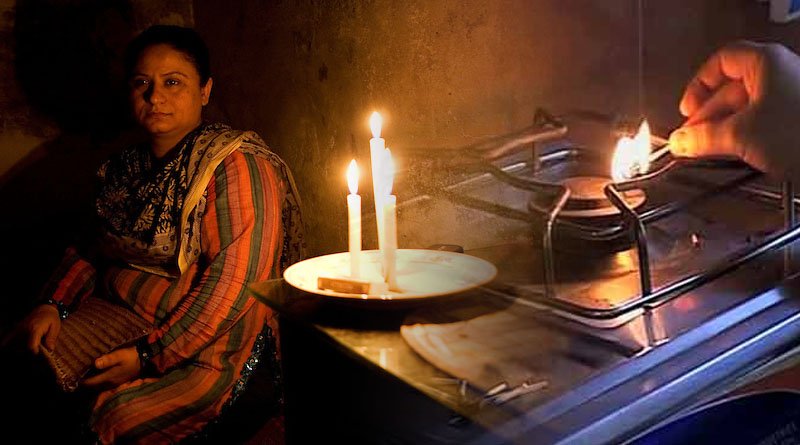The country’s gas outages for the winter season 2022–23 have been calculated to be 1.35 billion cubic feet per day (bcfd) (billion cubic feet per day).

Domestic consumers are bracing for long periods of gas outages because they are only receiving supplies for eight hours a day to meet cooking needs, despite rising gas demand during the current winter season and the inability to purchase expensive imported LNG on the spot market.
The country’s gas outages for the winter season 2022–23 have been calculated to be 1.35 billion cubic feet per day (bcfd) (billion cubic feet per day). The gas deficit in the SNGPL system, which serves Punjab and KPK, would remain at 900–1,000 mmcfd.
The SNGPL system’s gas availability remains in the range of 1,520 mmcfd (770 mmcfd of local gas plus 750 mmcfd of RLNG) versus a demand of 2,100–2,500 mmcfd.
The gas availability in the SSGCL system would be between 925 and 1,000 mmcfd, with a demand of 1,250–1,500 mmcfd. The SSGC system’s gas deficit has been estimated to be between 250 and 350 mmcfd.
The main issue on the SNGPL network, particularly in Punjab, is a lack of gas. When compared to other provinces such as Khyber Pakhtunkhwa, Sindh, and Balochistan, Punjab’s own gas production is low.
Gas-producing provinces have the first right to consume their own production under Article 158 of Pakistan’s Constitution. As a result, while the energy situation in other provinces is better during peak winter, domestic consumers in Punjab are worse off because they get gas for cooking purposes in the morning, afternoon, and evening for limited hours.
At the moment, there are 10.65 million gas consumers in Pakistan. Punjab has 6.43 million customers, and KP has 997,904 customers. Sindh has a population of 2.92 million people, while Balochistan has a population of 304,468.
The gas supply has deteriorated in recent years with no major discoveries and the rapid depletion of existing reserves. Gas flows are expected to fall even further, to 1,659 mmcfd in 2029–30, according to estimates.
Natural gas currently costs Rs 400 per MMBTU on average, while RLNG costs $ 14 per MMBTU. The Petroleum Division wants consumers to pay the difference through the revenue requirements of gas utilities.
Under the amended act, RLNG is no longer referred to as a petroleum product but rather as a gas, the cost of which can now be recovered from domestic consumers via revenue requirement petitions filed by Sui Southern and Sui Northern.
According to industry experts, there have been no major discoveries in the country since a major discovery in the Qadirpur field before the year 2000. The shortage has also caused the industrial sector, which is the backbone of the economy, to shut down.
Previously, imported LNG was sold at a discount to consumers such as captive power plants and fertiliser producers. However, due to rising international demand in the aftermath of the Russia-Ukraine war, the expensive LNG is no longer available in the country.
To save the precious resource for expanding the industrialization base and boosting exports, the government is importing 20,000 MT of LPG to supply domestic consumers at Oil and Gas Regulatory Authority (Ogra) determined rates.